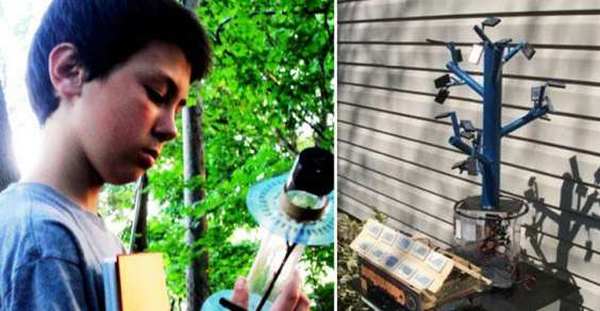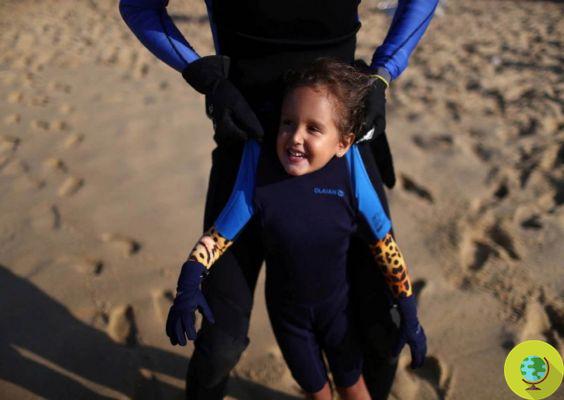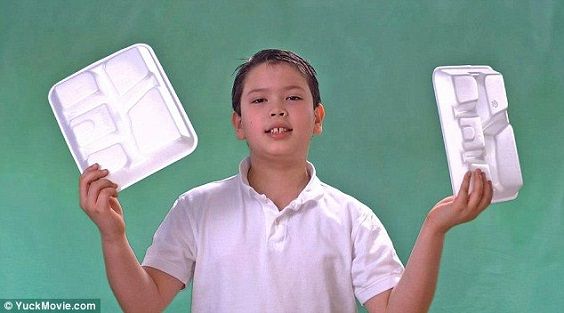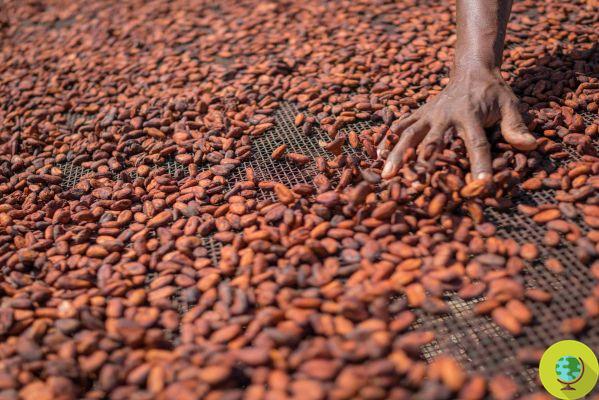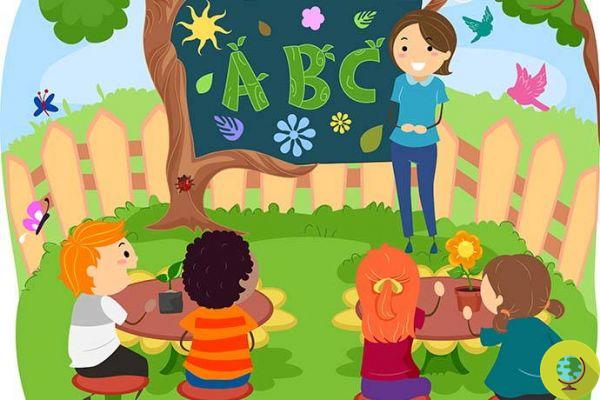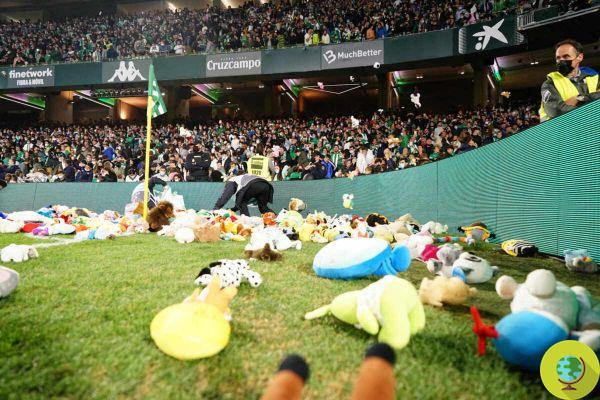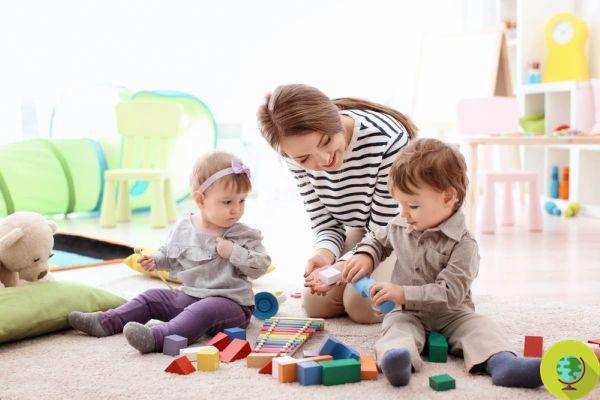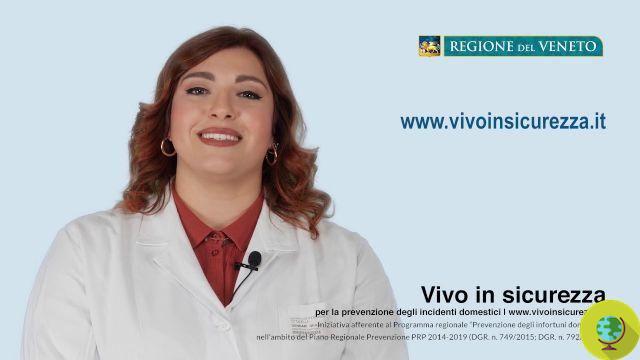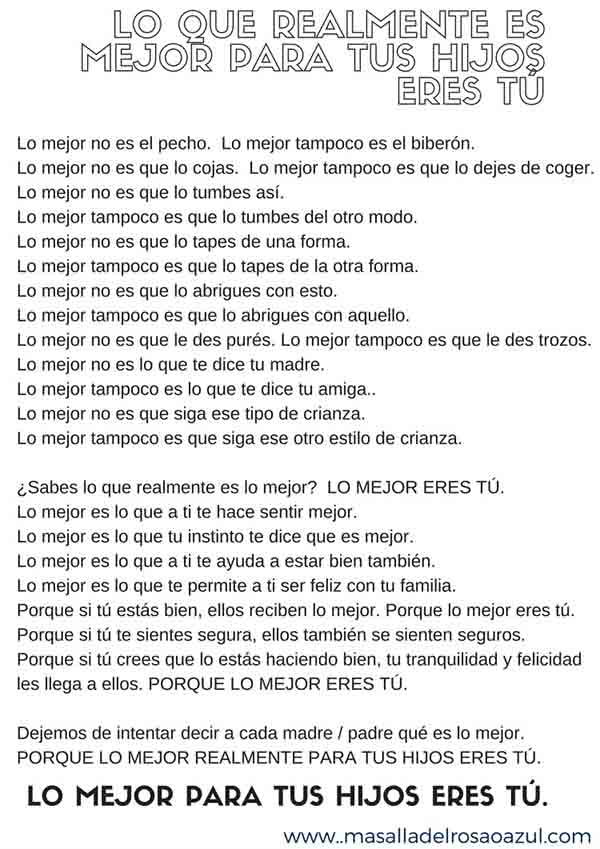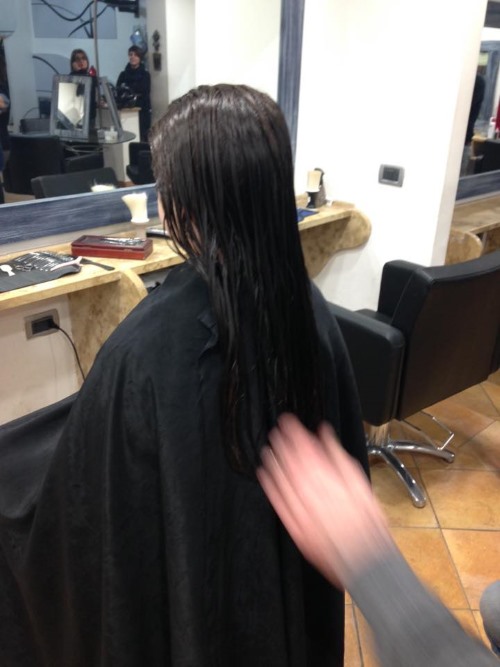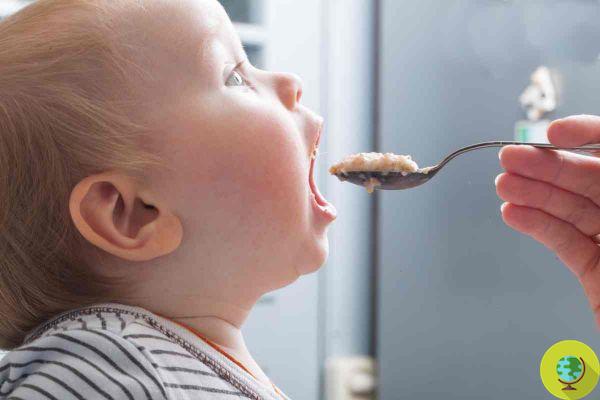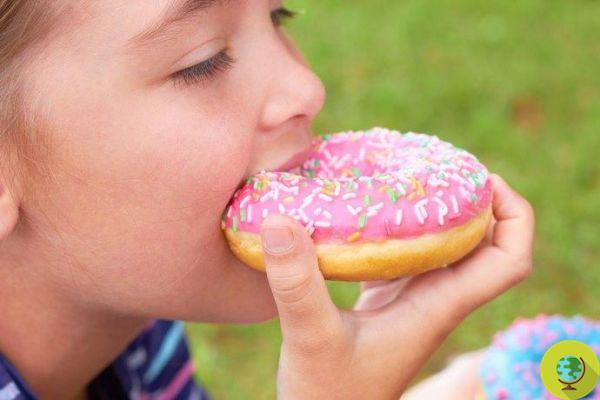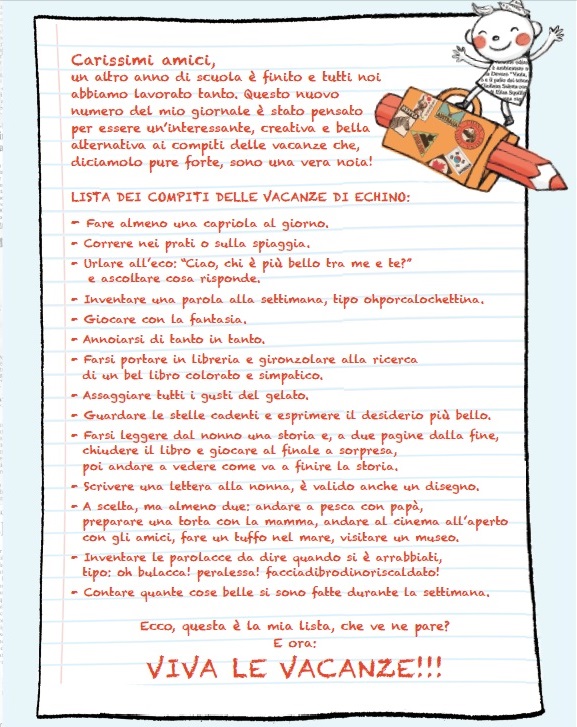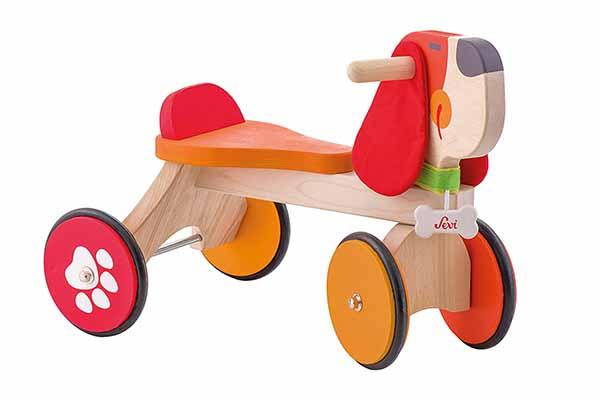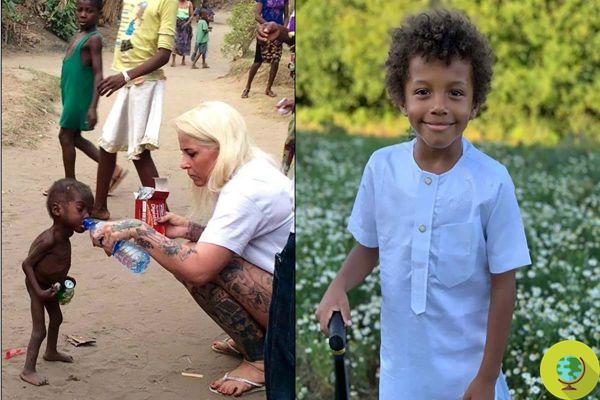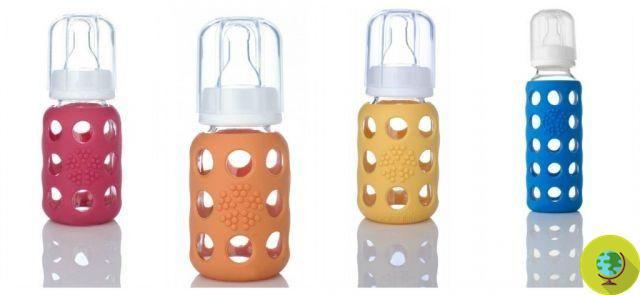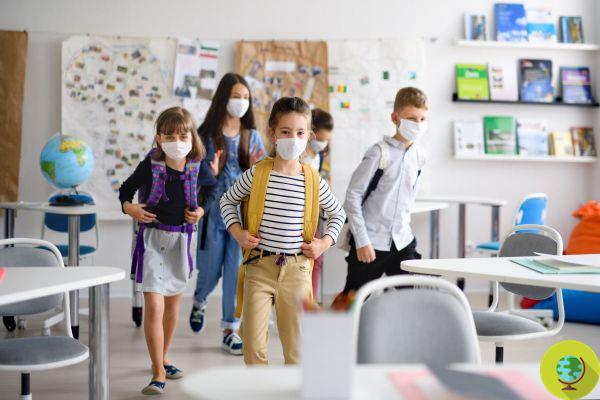Infants but also small children who still do not know how to blow their nose often need to do nasal washes. This is a very simple practice, a little annoying for the little ones but important to make them breathe better and avoid infections. So let's see how to do the "washing" and what are the useful tools.
Don't store avocado like this: it's dangerous
I Infants but also i children who still do not know how to blow their nose often need to do nasal washes. This is a very simple practice, a little annoying for the little ones but important to make them breathe better and avoid infections. Let's see then how to do the "washers" and what are the useful tools.
Young children often have a large mucus production, even when there is no real cold present. The problem is, if you don't blow your nose, the liquid tends to run down your nostrils either stagnate in the nasal septum (therefore the possibility of sinusitis increases). In the worst cases, then, the mucus reaches the ears causing otitis.
Read also: OTITIS: 10 NATURAL REMEDIES
Very important then keep the nose clean in such a way as not only to make them breathe well but also from avoid possible infections o difficulty in drinking milk (especially essential in the case of newborns).
USEFUL TOOLS
Let's start first with the tools that are useful for carrying out nasal washes for children.
• Physiological
• Siringa da 2,5 ml, 5 ml o 10 ml (depending on the age of the children)
• Nasal aspirator (optional)
Or
• Physiological in single-use packaging
• Sea water spray or thermal
HOW TO DO NASAL WASHES
The procedure for doing nasal washes is very simple even if at first it may not seem like it. We must do lay the baby on his stomach with his head on one side and sprinkle some physiological water inside the uppermost nostril so that it comes out of the other. To do this you can use a physiological in a disposable package to be poured entirely into the nostril or, more economical solution, use a siringa senza ago riempita with physiological water which can be purchased in the glass jar (the same one used for intravenous drips).
Depending on whether the child is a newborn or older, a 2,5 ml, 5 ml or even after 3 years of 10 ml syringe is used respectively, to be emptied entirely into one nostril (must be sprayed all together in a decisive way) then repeating the operation in the other. The washes, depending on how much mucus is present, they can be done several times a day but in any case always in the morning to remove night stagnation and before going to sleep to ensure better breathing for the little ones and therefore a more peaceful sleep. But be careful not to overdo it and thus obtain the opposite effect. Many pediatricians in fact claim that overusing this nasal wash system may actually cause you to produce even more mucus.
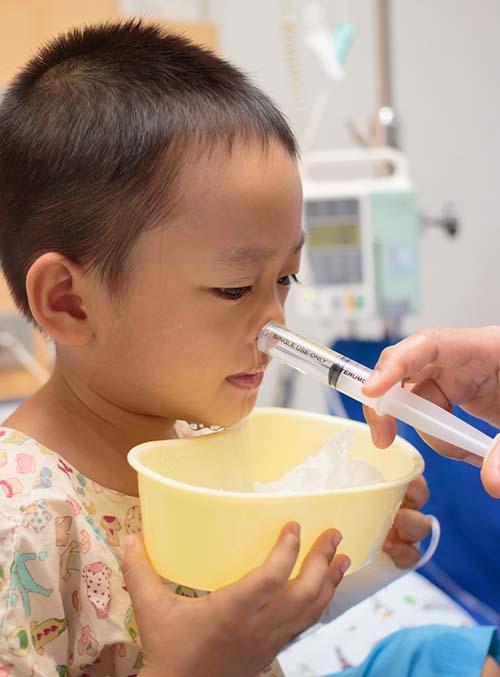
Washing must be done with physiological solution at room temperature or slightly warmed with hands or under hot water. Older children can do i washes even in a sitting position or alternatively using nasal sprays based on sea or thermal water or with the lota (special tool for nasal washes). Remember to always have a near you towel to put under the baby's nose to prevent all the water that comes out from getting wet his clothes.
Read also: 10 SAFE NATURAL REMEDIES FOR CHILDREN
At the end of the wash you can also do themucus aspiration with special tools that are sold in pharmacies and children's shops. These are pumps or mouth aspirators that make the washing just carried out more effective since in some cases the mucus has previously been moved but not always managed to get it out completely.
The biggest problem is keeping children still since most of them do not like nasal washings very much. Often, among other things, novice parents are a bit clumsy, they are afraid of not being able to do well or even that the little ones can choke on the water that instead of coming out of the nose, if the head is not positioned well, risks ending up in the throat. With a little practice, everything becomes easier and even children in some cases will get used to it and make less fuss at the time of washing.
Summarizing the procedure to correctly perform i nasal washes is the following:
• Aspirate the saline with the syringe then leaving the needle stuck in the bottle
• Heat for a few seconds with your hands if it is too cold or pass a moment under hot water
• Lie the child down by turning his head to one side or position him in a sitting position
• Quickly pour the contents of the syringe into the topmost nostril
• Repeat the procedure on the other side
• Dry the nose or, if the child can do it, blow it
How do you manage with washing machines?




